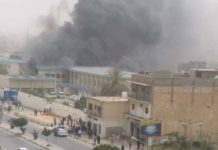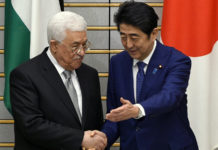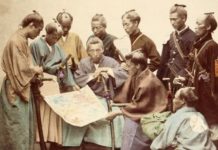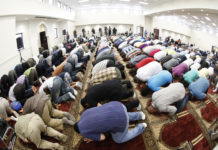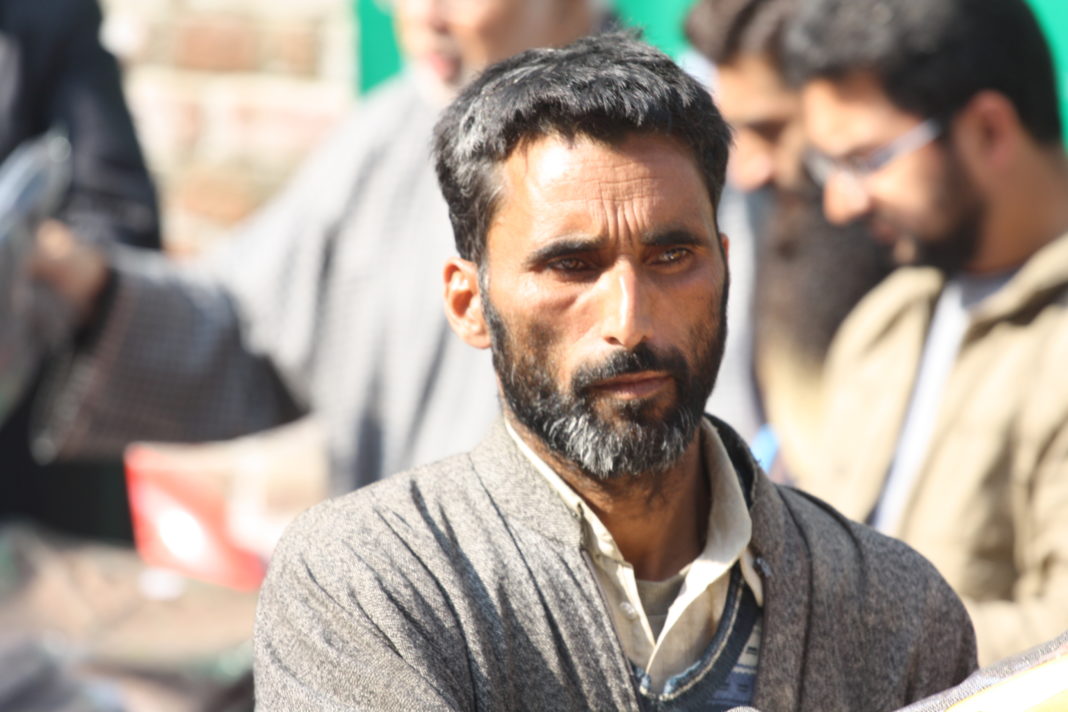New Delhi: Not to speak of the common citizens of India, even a vital section of the journalists has no thorough and objective idea about the Article-370 of the Constitution, which details the special status of Jammu and Kashmir. This startling fact was revealed in a survey conducted by the Delhi-based Media Study Group recently which focuses on trends and reportage in the Indian media.
The survey’s findings are astonishing as these give an ample idea about the Hindi media’s ‘prejudicial’ covering of happenings in Kashmir. A large percentage of the journalists in the Hindi media, as per the sample survey, neither have much idea about the provisions of Article-370, nor are they interested in getting the first-hand knowledge about the salient features of the said Article.
According to the survey, around 46 per cent Hindi journalists have got information about this controversial constitutional provision through newspapers. 11 per cent journalists have been enlightened about this by their teachers. Speeches have enabled another 11 per cent of them to get knowledge on this topic. But 16 per cent Hindi journalists have come to know about this Article just during an interaction with someone!
Group’s Director and noted journalist Anil Chamadia said the Hindi speaking belt is the largest region in the country and Hindi newspapers, magazines, etc, play a key role in shaping the public opinion of a particular kind on Kashmir. In this backdrop, the group carried out this survey to study the background of the portrayal of a certain image of Kashmir through Hindi media tools, he added.
Jan Media, Hindi publication of MSG, has published this online survey in detail in its December issue. Conducted during September 16 -22 October 2016 and analysed by the journal’s editors, the survey tries to understand the layers of relationship which Hindi journalists share with Kashmir. The survey also decodes many startling facts about Hindi journalists and their approach towards Kashmir.
In the survey, 80 percent Hindi journalists claim that they are aware of the political background of Article-370 and have read about it. However, 20 percent of them conceded that they were completely ignorant about this.
Around 67 percent Hindi journalists admitted that their source of knowledge about Kashmir was a newspaper. For 17 percent journalists, magazines were the source of information on Kashmir. Only one percent journalists admitted to have referred to the research papers to know about the politically sensitive J&K.
Regarding knowledge of political history of Kashmir, 58 percent Hindi journalists claim to have relied on the newspapers and magazines only. However, 23 percent of them have said that they consulted textbooks for the purpose. On the other hand, research papers were the basis for only six percent journalists while 30 percent did not know that several Kashmiris laid their lives while fighting against Pakistani intruders during Partition. However, 70 percent participants claimed to have knowledge about the sacrifices made by the Kashmiris against Pakistani soldiers at the time of Partition.
Only 42 percent has nominal knowledge of economic and social conditions of Kashmir while 23 percent did not know much about these conditions.
And the fact is that most of them view Kashmir through a spectrum of natural beauty, film shootings and terrorism. And most importantly, only eight percent Hindi journalists visited Kashmir to get firsthand knowledge.
According to the survey, around 46 percent replied in negative when they were asked whether they instantly remembered any news report on Kashmir except tourism, film shootings or terrorist incidents. This clearly indicated that there was a lack of reference materials on economic and social aspects of Kashmir.
The survey revealed that 24 percent journalists believed that only Hindus have faced displacement from Kashmir.
And most importantly, 58 percent journalists did not recognise the flag of Kashmir and 51 percent of these conceded that people of Hindi belt nursed a biased feeling against Kashmir.
Around 81 percent admitted that they did not read any newspaper published from Kashmir. Moreover, 77 percent scribes accepted that they did not attend any programme meant for the democratic rights of the people of Kashmir.
Among these journalists, 45 percent believed that the external forces were the root-cause of the Kashmir problem, whereas 18 percent of them viewed this issue from the religious angle. Around 66 percent attributed the Kashmir problem to Pakistan and Islam, whereas 55 percent of them held Pakistan guilty of fomenting separatist feeling in Kashmir.
Of the total respondents, 49 percent favoured dialogue with the people of Kashmir to solve the problem, whereas 19 percent talked about referendum and 20 percent favoured the tripartite talk by involving Pakistan. Only 10 percent of them advocated military solution. And strangely, only one percent journalists believed that bilateral talks between India and Pakistan alone could solve the Kashmir problem.
Socially speaking, 73 percent participants were Hindus while 4 percent of them followed Islam. Of all these, 41 percent were associated with the newspapers while 17 percent of them worked for the television channels. Only 11 percent were attached with Internet and five percent of them belonged to the magazines. And, just two percent of them worked with radio.
In its decade-old existence, the Media Studies Group has so far conducted over 20 surveys including the famous survey on social representation in the national media in 2006 that exposed the monopoly of the Upper caste in the national media and regional media.
State-wise participation of Hindi journalists in the survey was: Uttar Pradesh — 36 percent, Close 26 percent Bihar, Madhya Pradesh — 9 percent, Rajasthan 7 percent, Uttarakhand 6 percent and Jharkhand and Chhattisgarh one percent each. Only 6 percent journalists born and brought up in Delhi took part in the exercise. Genderwise, the survey records 81 percent male participation and 19 percent female participants. Concisely, state and genderwise participation reflected the reality of reach and extension of Hindi language in various states and presence of women in the field of mass communication.
[This article is authored by Abdul Bari Masoud and originally published by Muslim Mirror. Reproduced here with permission.]
